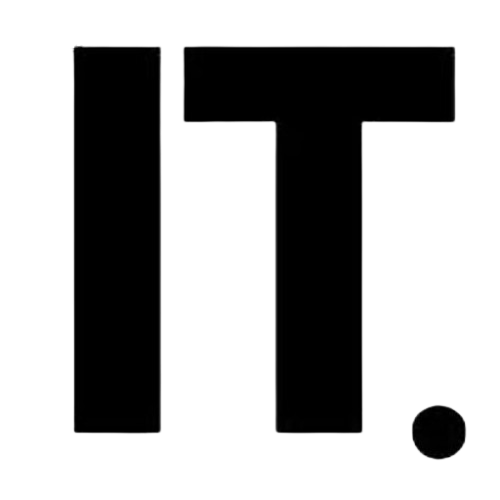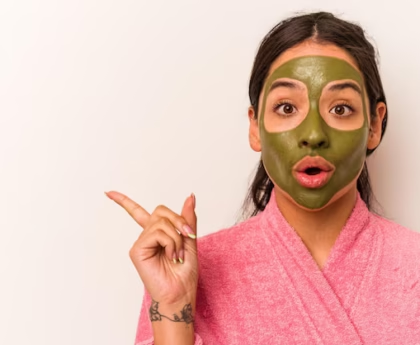The New Luxury Is Quiet Mornings
You don’t need expensive retreats or scented candles to feel good. Sometimes, the first step to being healthy is to do nothing at all. Take a minute of silence before you reach for your phone. Take a deep breath before you answer a message. That space between the stimulus and the response is where calmness lives.
Routines that start with stillness tend to last longer than those that follow trends. It’s not about changing your whole day. It’s about taking charge of your first five minutes.
Headspace and Insight Timer India both offer guided silence, which is not a lecture but a place to be.
Contents
Why Rest Is Good for You
Wellness isn’t just drinking green juice and counting steps. It’s asking, “Did I take a break today without feeling bad?” A quick nap. Take a deep breath between meetings. A meal that takes its time and doesn’t have any noise in the background. These don’t waste time; they keep your energy up so the rest of your day doesn’t feel like a blur.
Noisli and Rainy Mood are two apps that can help you make places that slow down your thoughts instead of speeding them up.
Water is a way to show love.
One of the most important things you can do for yourself is to drink enough water. That pain in your head? Could be thirsty. That tiredness? It could be because you’re not drinking enough water. Put a bottle where you can see it. If plain water is boring, try adding lemon, mint, or chia seeds.
Use tools like Water Reminder – Hydro Coach to keep track of how much you drink, and drink based on how you feel, not just charts.
Foods That Make You Feel Good Later
You don’t have to eat raw or green foods to be healthy. Eating warm, balanced meals slowly is better for you than crash diets. Lentils you make yourself, lightly sautéed vegetables, or flatbreads made from whole grains aren’t flashy, but they work.
Take your gut’s advice. A meal that makes you feel bloated, foggy, or irritable is not good for your health. Use food journals or digestion trackers like Bad Gut to find out what works best for you.
Moving around a lot instead of doing hard workouts
You don’t have to go to the gym. You need a beat. A walk of 15 minutes after lunch. While the kettle is boiling, stretch your back. Cleaning while dancing. Fun activities last longer than punishments that look like workouts.
If you’re just getting back into moving, check out Yoga With Adriene or Grow With Jo on YouTube. No pressure, no equipment—just support.
Easy daily health habits for a balanced life
Your phone doesn’t own you.
Do you check your notifications as soon as you wake up? That’s not connection; that’s too much. While you sleep, try putting your phone across the room. Or switching to grayscale mode at night. Your brain changes even after just one hour without a screen.
Apps like Forest turn staying offline into a game by growing virtual trees.
No Pressure Journals
You don’t have to be poetic. Just say, “I feel _____ because _____.” Five lines. Two minutes. It clears your mind better than scrolling ever could. Writing gives you time to think that noise doesn’t.
If you don’t like writing on paper, try Journey or Day One. You can even record your thoughts and delete them later. It’s about letting go, not remembering.
Boundaries Are Good for Your Health Too
It’s strong to say “no.” It’s okay to skip a call to rest. Are you muting a chat group that makes you tired? Health. Taking care of your time is not rude; it’s responsible.
You don’t have to respond right away or explain everything. Emotional energy has limits, and respecting those limits keeps you stable.
Wellness Isn’t a Hashtag
Being truly well is quiet. Sometimes it doesn’t look good on Instagram. It’s not about how it looks; it’s about getting better. A breakfast that takes a long time. A long stretch. A call you don’t mind. That’s health.
It’s the stuff that no one else sees but you feel every day, like in your chest, behind your eyes, and in your breath when it finally calms down.
FAQs
How can I start my day with calmness?
Take a minute of silence before checking your phone and a deep breath before responding to messages. Using apps like Insight Timer India can help.
How much water should I drink daily?
Drink based on your body’s needs. Tools like Water Reminder – Hydro Coach help track your intake.
What are simple ways to move without intense workouts?
Short walks, stretching while cooking, cleaning while dancing, or following Yoga With Adriene or Grow With Jo on YouTube are effective.
Disclaimer: This blog is based on what I’ve been through and what people do to stay healthy. It is not meant to take the place of professional medical advice. Before starting any new routine, you should always talk to a doctor.





